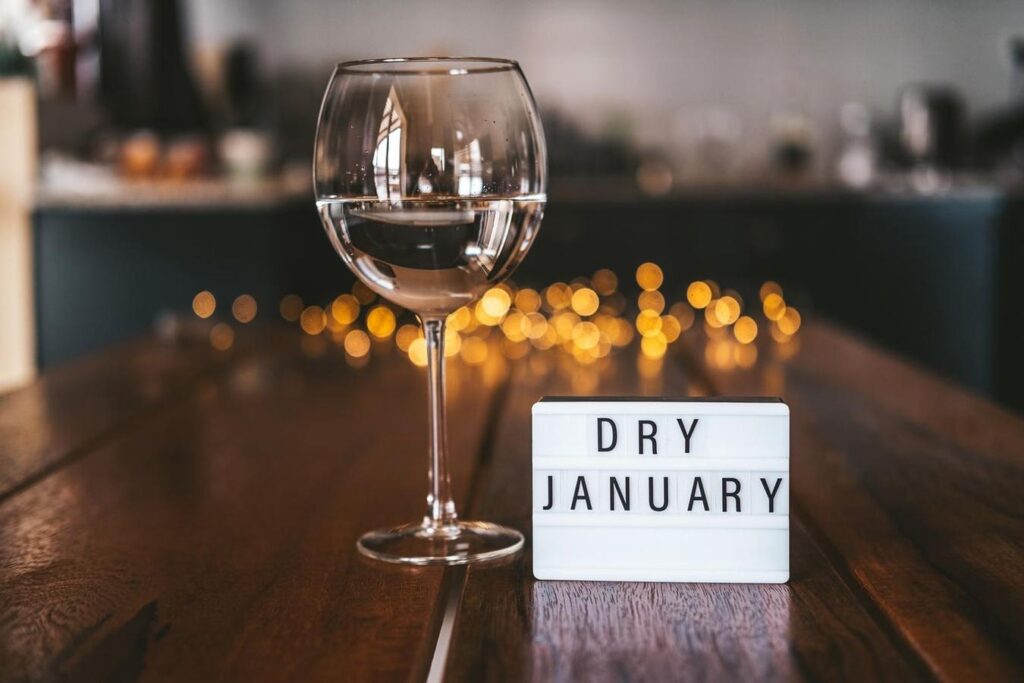January is a time for resolutions, and for many, that means participating in “Dry January” by abstaining from alcohol for the month. While the primary motivators often include improved health and clarity, there’s another significant benefit: saving money. With the rising cost of alcohol and the discretionary spending it often entails, cutting out alcohol could save you hundreds—or maybe even thousands—over the course of a month or year.
The Rising Cost of Alcohol Consumption
Undoubtedly, alcohol consumption can be an expensive habit. According to data from the Bureau of Labor Statistics, the average American household spent $583 on alcohol in 2022. This figure doesn’t include related expenses, such as dining out or ordering drinks at bars, where the markup on alcohol can be substantial. A single cocktail at a mid-tier restaurant can cost anywhere from $10 to $20, and upscale venues often charge more.
Consider someone who dines out twice a week and orders two drinks per meal. At an average cost of $15 per drink, that adds up to $120 per week—or nearly $500 over the course of a month. Multiply that by 12 months, and you’re looking at $6,000 annually. That’s enough to pay for a nice vacation, boost an emergency savings account, or make a nice contribution to a Roth IRA.
The Broader Financial Impact
Beyond the direct cost of alcohol, drinking can also lead to other expenses:
· Increased Dining Out Costs: Social outings often revolve around alcohol, which can inflate restaurant bills significantly. According to the National Restaurant Association, these drinks represent an average of 21% of total sales among full-service restaurants that offer alcoholic beverages. During this time when the cost of everything, including dining out, seems to be rapidly rising, skipping the cocktail can be a good way to help keep dining out affordable.
· Health-Related Costs: Excessive alcohol consumption is linked to long-term health risks such as liver disease, hypertension, cancer, and mental health challenges. One estimate suggests that alcohol misuse costs the U.S. approximately $249 billion annually. Furthermore, a 2025 report released by the U.S. Surgeon General links alcohol consumption to increased risk for at least seven different types of cancer. Accordingly, reducing or eliminating alcohol can lower personal healthcare costs over time.
· Lost Productivity: The “hidden cost” of alcohol includes missed workdays and reduced productivity due to hangovers. One study from the Netherlands suggests that workers are 24.9% less productive while nursing a hangover at work after an evening of heavy alcohol consumption.
Case Study: One Month Without Alcohol
Take Sarah, a 35-year-old marketing executive who decided to try Dry January in 2024. Before her alcohol-free month, Sarah typically spent $200 monthly on wine and another $300 on drinks and tips at restaurants. By abstaining for 31 days, Sarah saved $500, which she used to pay down credit card debt. Inspired by her savings, she reduced her alcohol consumption permanently, saving an estimated $4,000 per year.
How to Maximize Your Savings
Participating in Dry January isn’t just about avoiding alcohol. It’s an opportunity to reassess broader spending habits. Here’s how to make the most of it:
- Track Your Savings: Use a budgeting app to monitor how much you save by not purchasing alcohol. Watching the numbers add up can be highly motivating.
- Redirect Savings: Decide in advance where your savings will go. Consider building or adding to your emergency fund, paying down debt, or investing in your future through a retirement account.
- Seek Alternatives: Replace bar outings with alcohol-free social activities. The rise of mocktails and non-alcoholic beverages has made it easier than ever to enjoy social settings without drinking. Choosing these non-alcoholic options can still provide a social experience while saving money and promoting health.
The Bottom Line
A dry January is not only good for your health. It’s also great for your wallet. By cutting alcohol for a month, you can save hundreds and gain insights into your spending habits that could lead to long-term financial benefits. Whether you’re saving for a big goal or simply want to reduce expenses, participating in Dry January could be the first step toward a healthier you – and a healthier financial prognosis.
Read the full article here


